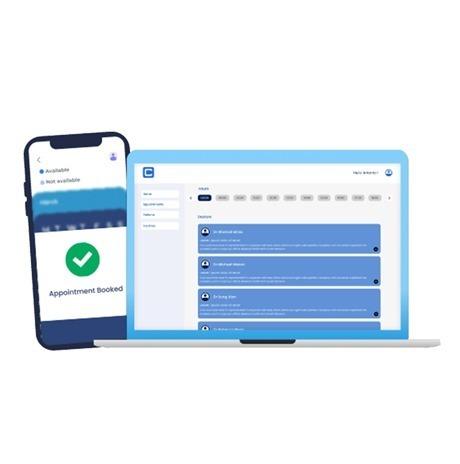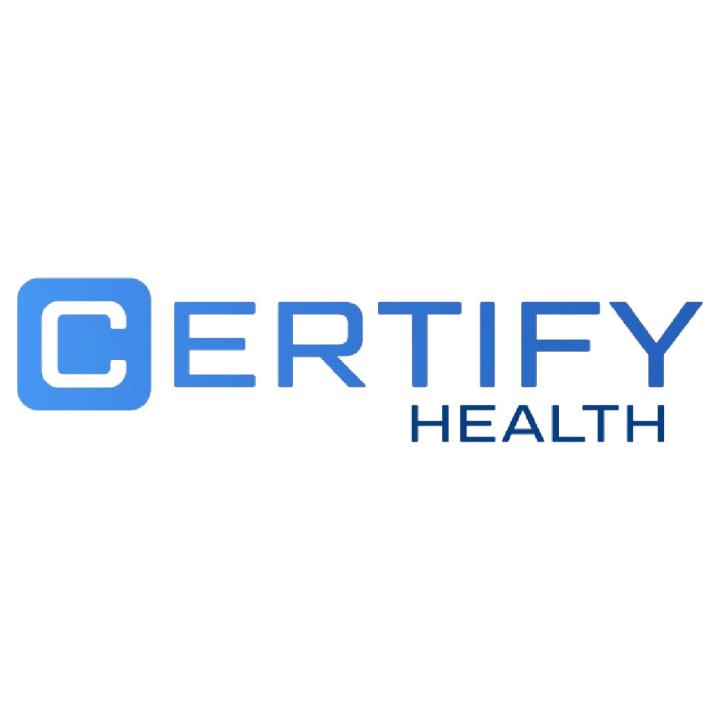Notifications

4 minutes, 51 seconds
-180 Views 0 Comments 0 Likes 0 Reviews

Efficiency is critical to providing high-quality patient care. Medical offices, clinics, and hospitals manage many patient appointments, staff schedules, and administrative tasks daily. Without a streamlined scheduling process, inefficiencies can lead to missed appointments, long patient wait times, and increased administrative workload.
Medical office scheduling software offers a solution by optimizing workflow, reducing scheduling conflicts, and improving overall efficiency. This article explores how implementing scheduling software can enhance workflow efficiency in medical offices and healthcare facilities.
One of the biggest advantages of medical office scheduling software is automation. Instead of relying on manual booking and phone calls, the software allows patients to schedule appointments online at their convenience. This reduces the burden on front-desk staff and minimizes scheduling errors.
24/7 availability: Patients can book appointments anytime, reducing call volume during office hours.
Reduced double-booking: The software prevents scheduling conflicts by managing available slots efficiently.
Real-time updates: Any changes made to the schedule are instantly reflected, ensuring accuracy.
A well-organized medical office depends on efficient staff scheduling. Medical office scheduling software allows for the smart allocation of healthcare professionals and resources, ensuring that no provider is overbooked or underutilized.
Balanced workload: Distributes appointments evenly among healthcare providers.
Resource management: Ensures exam rooms, medical equipment, and personnel are utilized efficiently.
Shift planning: Helps manage shifts and avoid last-minute scheduling conflicts.
Missed appointments cost healthcare providers time and revenue. Medical office scheduling software reduces no-shows through automated reminders and confirmations.
Automated reminders: Patients receive text, email, or phone reminders before their appointments.
Easy rescheduling: Patients can quickly cancel or reschedule online, allowing the office to fill open slots.
Improved patient accountability: Patients are less likely to forget their appointments when they receive multiple reminders.
Long wait times can negatively impact patient satisfaction. Scheduling software ensures that appointments are spaced appropriately, preventing bottlenecks and overcrowding in waiting areas.
Streamlined check-in process: Integration with digital check-in systems minimizes paperwork.
Efficient time management: Reduces patient backlog and optimizes appointment durations.
Better patient experience: Shorter wait times lead to higher patient satisfaction and retention.
Medical scheduling software often integrates with EHR systems, ensuring that patient data, appointment history, and provider availability are seamlessly connected.
Centralized information: Reduces duplicate data entry and administrative errors.
Quick access to patient records: Physicians can review medical history before appointments, enhancing care quality.
Improved coordination: Allows different departments to access scheduling data and plan accordingly.
Understanding appointment trends and office productivity is essential for continuous improvement. Scheduling software provides detailed reports and insights to help medical offices make informed decisions.
Track patient no-shows and cancellations to adjust scheduling policies.
Analyze peak appointment hours to optimize staffing.
Monitor provider productivity to enhance operational efficiency.
With the rise of telehealth services, scheduling software ensures a smooth integration between in-person and virtual appointments.
Patients can choose between in-person and virtual visits.
Automatic link generation for telemedicine appointments.
Reduces scheduling conflicts between in-office and remote consultations.
Medical office scheduling software is a powerful tool that enhances workflow efficiency, improves patient experience, and reduces administrative burdens. By automating scheduling, optimizing staff allocation, and integrating with EHRs, healthcare providers can focus more on patient care rather than administrative tasks. Implementing the right scheduling solution leads to higher patient satisfaction, increased productivity, and a more organized healthcare practice.

